 |
 |
 |
| |
Coronary artery calcium scores (CAC) among long-term
virologically suppressed non-diabetic HIV-infected elderly
|
| |
| |
Reported by Jules Levin
20th International Workshop on Comorbidities and Adverse Drug Reactions in HIV
Oct 13-14 2018 NYC
Win Min Han1, Sarawut Siwamogsatham2, Pairoj Chattranukulchai3, Tanakorn Apornpong1, Sivaporn Gatechompol1, Stephen J Kerr1,4, Kiat Ruxrungtham1,5, Anchalee Avihingsanon1,5
1 HIV-NAT, Thai Red Cross AIDS Research Centre, Bangkok, Thailand 2 Division of Perioperative and Ambulatory Medicine, Department of Medicine, Faculty of Medicine, Chulalongkorn University, Bangkok, Thailand 3 Division of Cardiovascular Medicine, Department of Medicine, Faculty of Medicine, Chulalongkorn University, Bangkok, Thailand 4 Kirby Institute, University of New South Wales, Sydney, Australia 5 Department of Medicine, Faculty of Medicine, Chulalongkorn University, Bangkok, Thailand
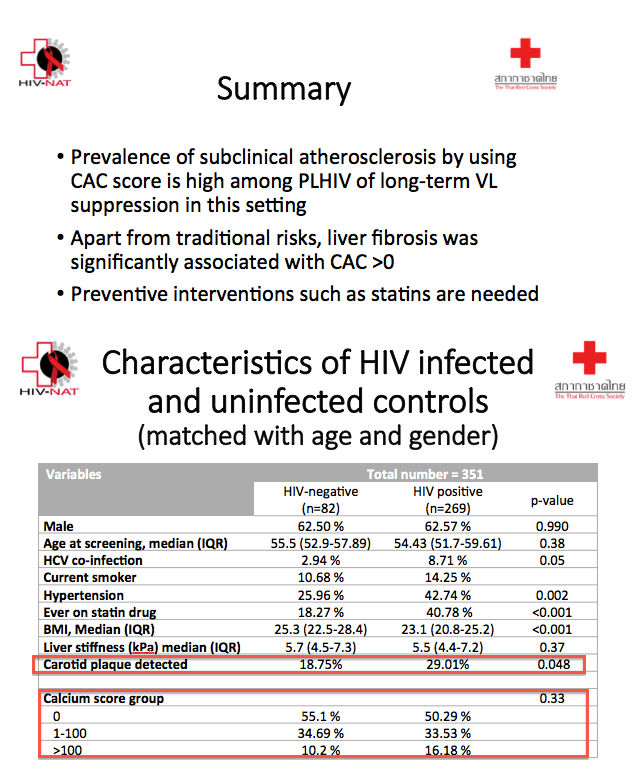
program abstract
Objectives: We aimed to evaluate the factors associated with CAC incident in an Asian setting. We also sought
to explore the link of a surrogate estimate of insulin resistance, triglyceride-glucose (TyG) index, with CAC.
Methods: Single cross-sectional measurements of non contrast cardiac computed tomography scans were performed among HIV-infected participants aged >50 years who had received combined antiretroviral therapy (cART) for more than 1 year in a HIV cohort from Bangkok, Thailand. Agatston method was used to calculate CAC scores. Liver fibrosis was evaluated by non-invasive transient elastrography (FibroScan®).
Results: A total of 269 non-diabetic HIV-infected patients without prior cardiovascular diseases were included in the study. Of these, the median age was 53.9 years old; 157 participants (58%) were male; 13% were current smokers and 114 patients (42%) had CAC score >0 (Table 1). Median duration of cART was 16.1 years and most of them were virologically suppressed (97%). There were significant differences in patients having 10-year ASCVD risk score >7.5% between two groups of CAC ≤0 and >0 (23.2% versus 44.7%; P<0.001). In multivariate analysis, male sex (adjusted odds ratio [aOR], 2.32, 95% CI 1.16, 4.66; P=0.02), higher liver stiffness (OR, 1.11, 95% CI 1.01, 1.23; P=0.04) and hypertension (OR, 1.88, 95% CI 1.02, 3.45; P=0.04) were independently associated with CAC >0. We did not find the association of TyG index with CAC from the analysis.
Conclusions: Given high prevalence of coronary artery calcification among ageing HIV-infected Asians, further exploration on the risks and outcomes of the incident CAC is warranted.
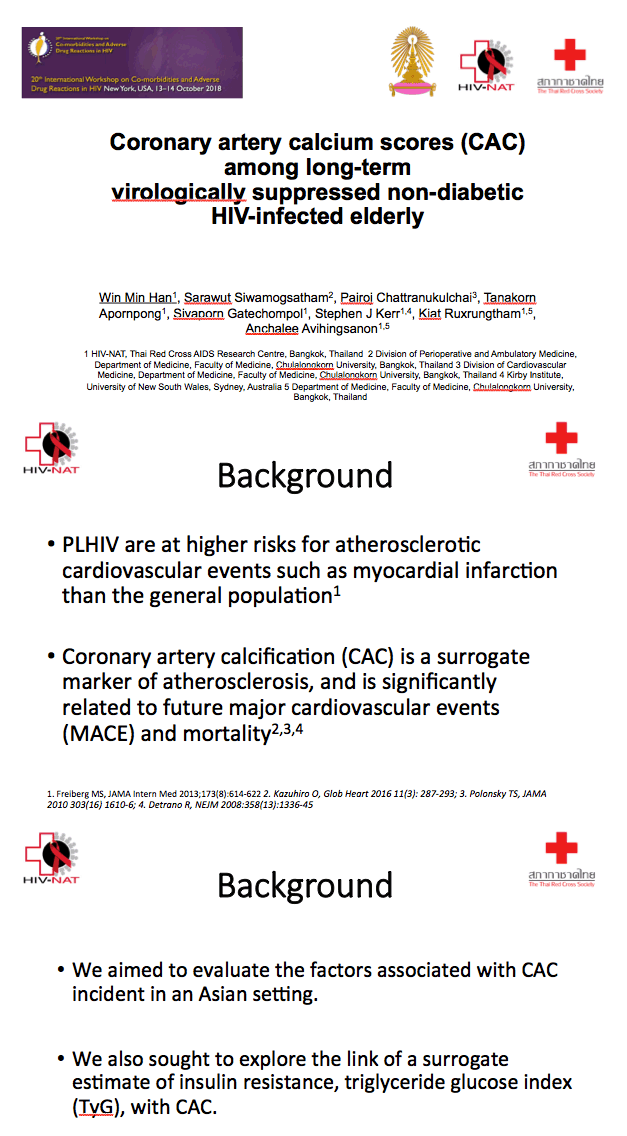
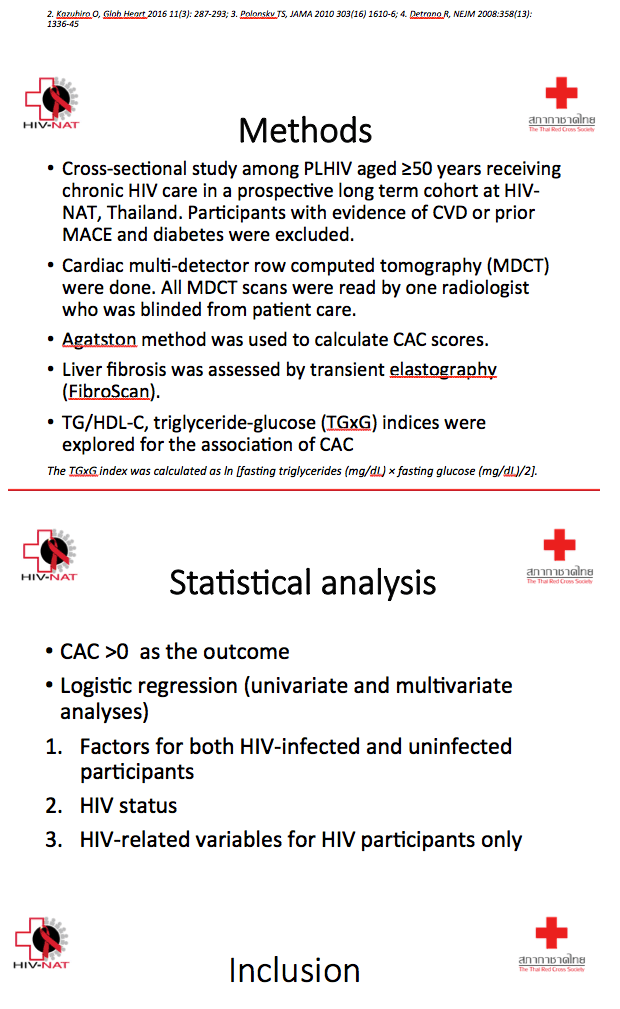
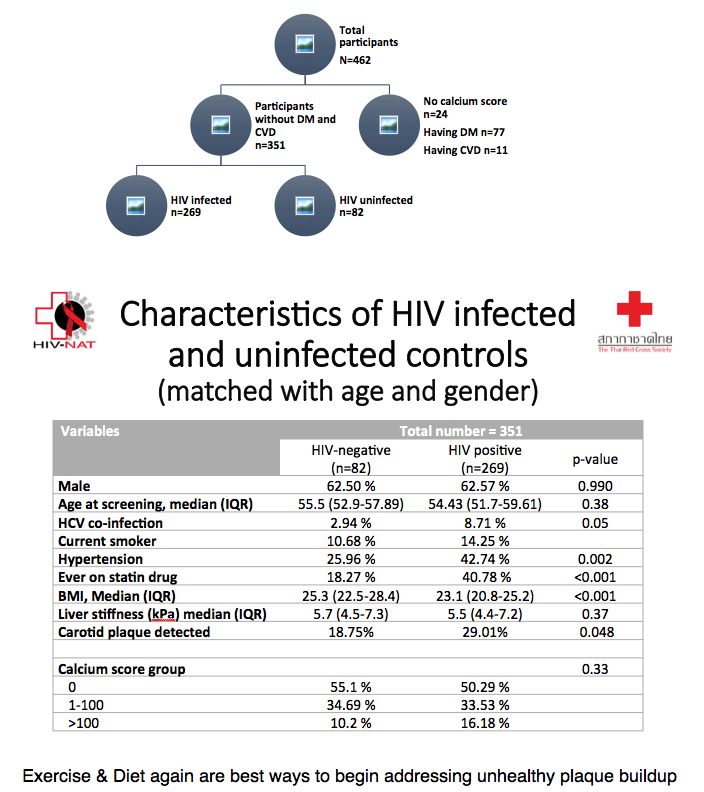
https://www.umms.org/ummc/health-services/diagnostic-radiology-nuclear-medicine/services/divisions-sections/computed-tomography-ct/cardiac-calcium-scoring
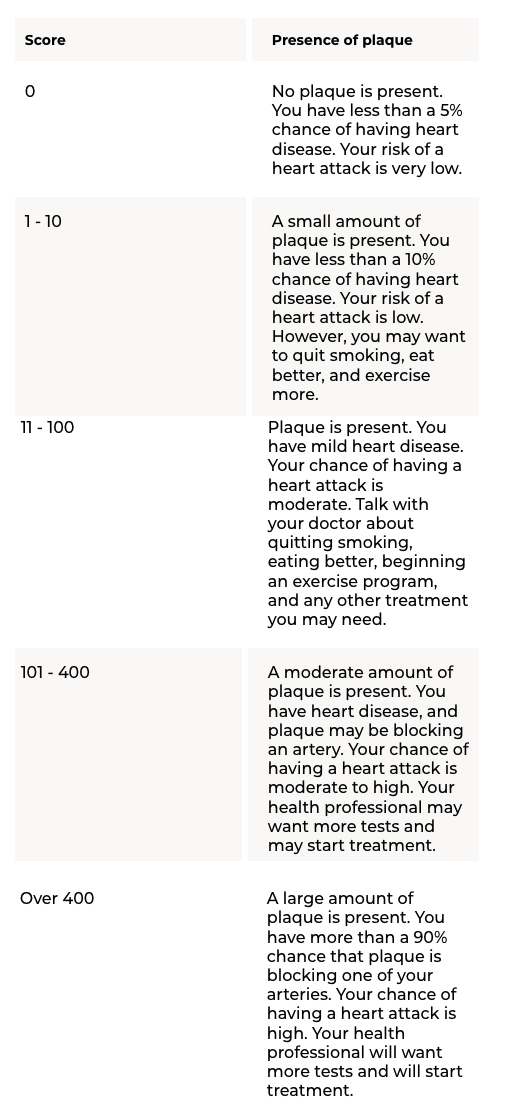

https://www.ncbi.nlm.nih.gov/pmc/articles/PMC5487233/
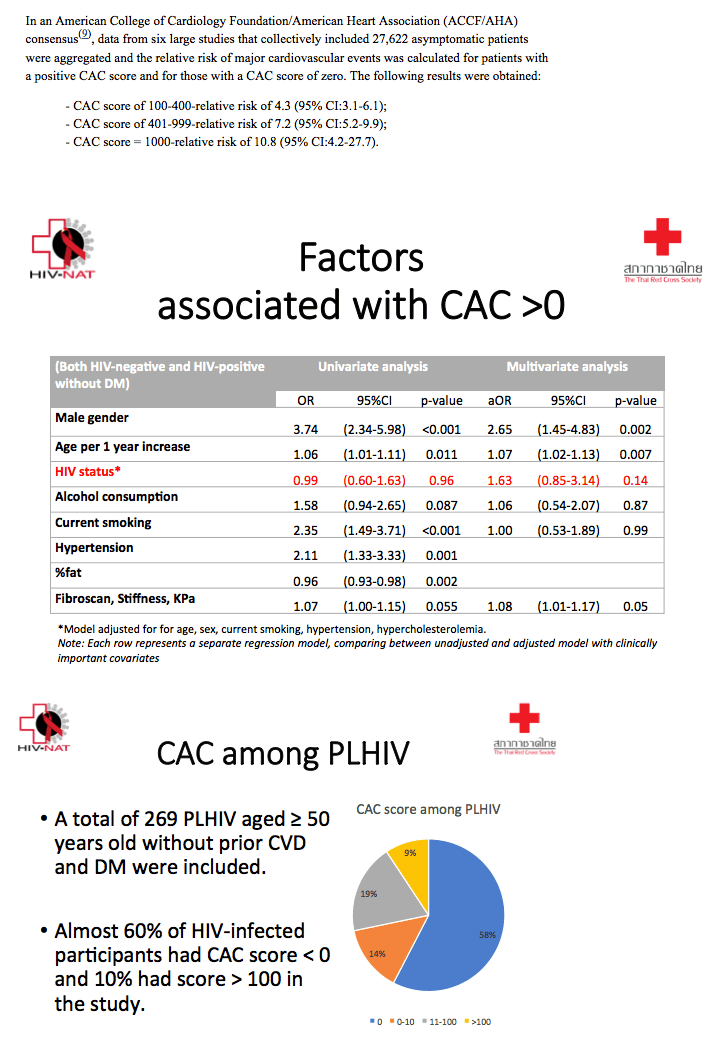
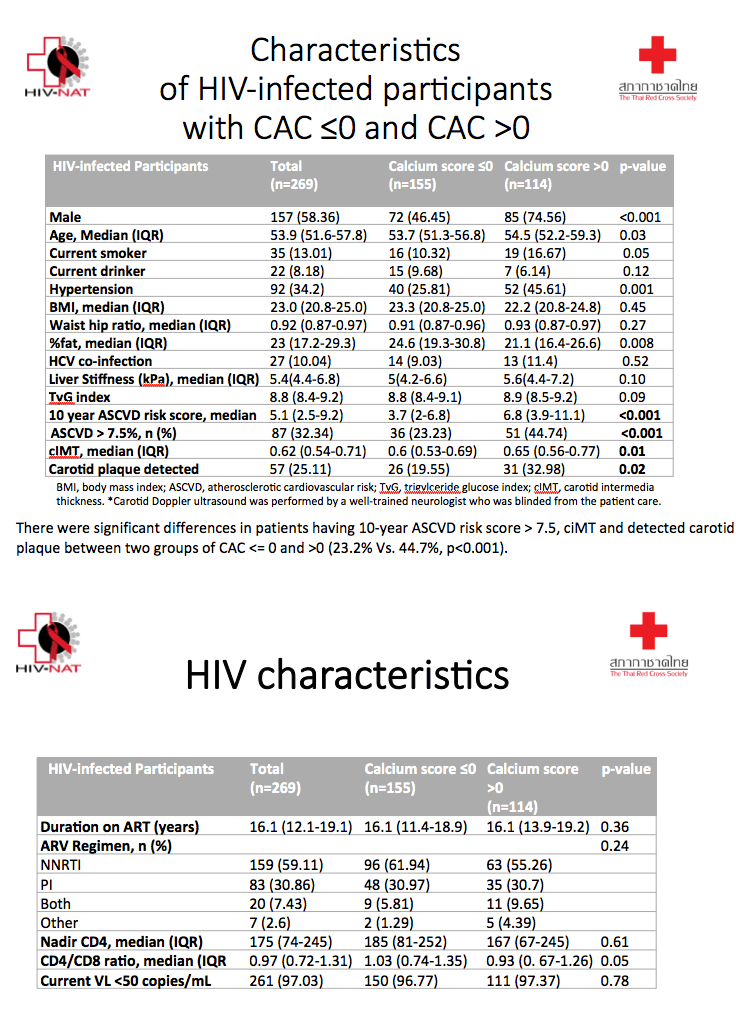
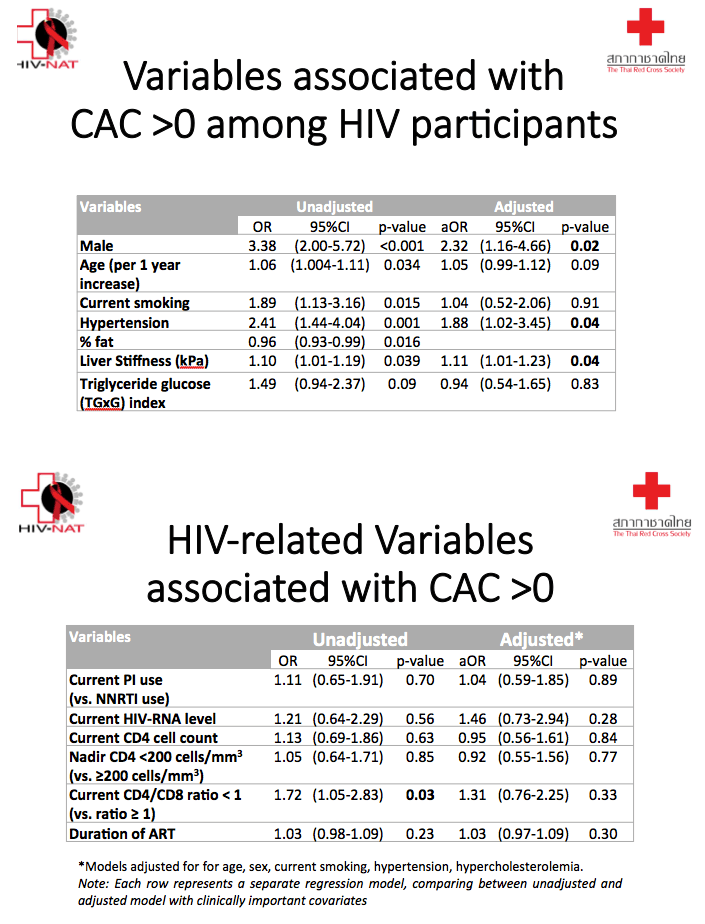
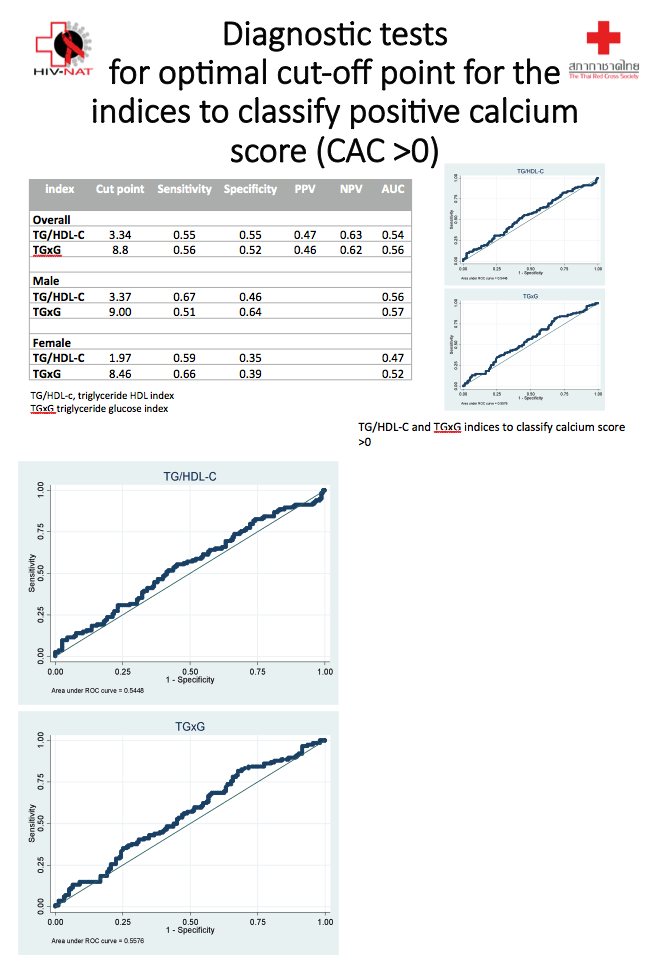
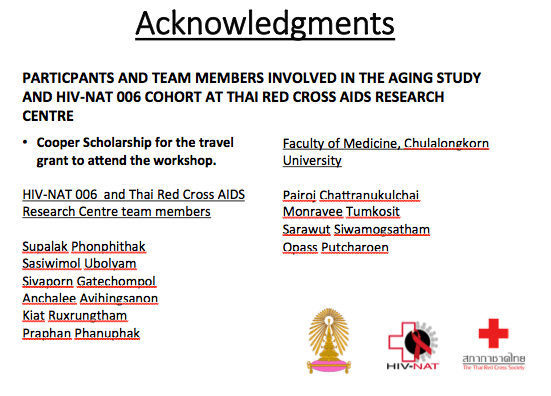
|
| |
|
 |
 |
|
|